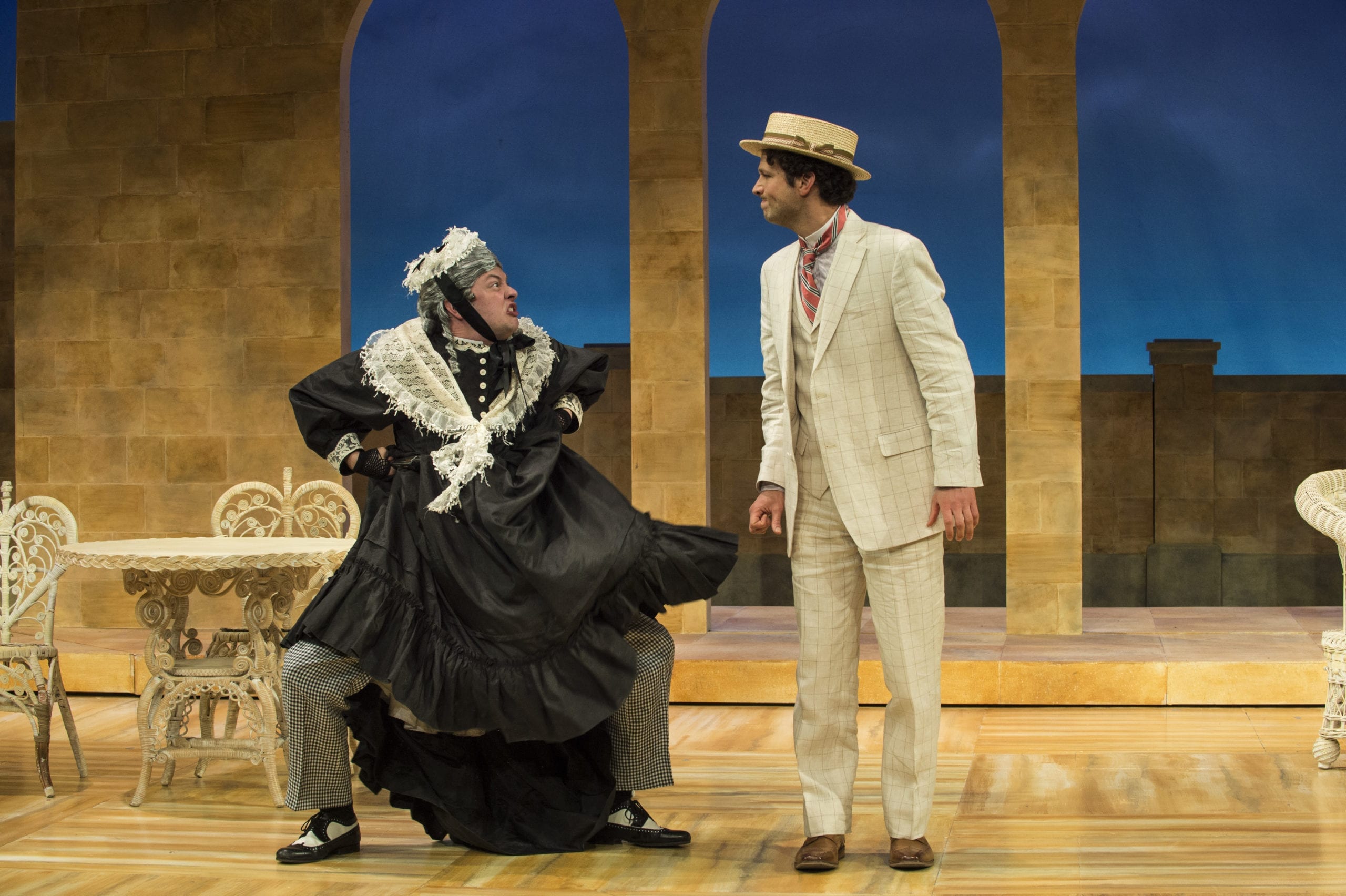SALT LAKE CITY — The Last Ship is a 2014 musical with music and lyrics written by Sting, and a book by John Logan and Brian Yorkey. The Pioneer Theatre Company marks the first performance of the show after closing on Broadway. Director Karen Azenberg has worked closely with these creators to develop this production, making changes from the original to develop the show into the production they all envisioned.

Show closes October 1, 2016.
The plot follows a small town in northern England that has been mainly a ship building town as the shipyard closes and the families are faced with losing their professions and even their identities. It also focuses on the return of a wayward son who had left home to seek his fortune, leaving love and family and tradition behind. The Last Ship is a very mature look at how love and life and duty change throughout the stages of our life.
From the opening chords of the show, it became apparent that the rich and hauntingly beautiful music would be the main highlight of the show. Thanks to the amazing orchestra, the cast’s ability to deliver the tight harmonies with such power and clarity, and the excellent dialects that dialect coach Sarah Shippobotham helped develop, each musical number was an exercise in beauty and grace. The result is a score that is a tribute to the story, the town, and the people who had labored in the ship yard for years.

Left to Right: Bryant Martin, Lenny Daniel, Dan Sharkey, Paul-Jordan Jansen, and Cory Reed Stephens.
Scenic designer James Noone‘s set is intrinsically simple, versatile, and amazing in its ability to transition and serve as locations as a shipyard, a pub, or any other location demanded by the script. I found myself enthralled with just how well this set worked, even though it was indeed minimalist, yet mechanically complex. Lighting designer Michael Gilliam added to the ambience in the perfect amount with his lighting changes that reflected the mood and flow of the show.
Azenberg’s choreography was somber and matched the difficult tone of the play in such a way that—while it is not the flashy tap dance number of other types of musicals—adds the power and conviction of the story. In particular, the song “We’ve Got Now’t Else” was an amazing visual and auditory spectacle, with the cast in line musically as well as with the choreography to deliver a fantastic musical number.

Bryant Martin as Gideon Fletcher.
The main character, Gideon Fletcher, was played masterfully by Bryant Martin. His voice is so clear and solid that I heard a few audible gasps of delight around me as he finished the song “All This Time.” Combining his talent with Ruthie Stephens, who plays Meg, resulted in some of the most successfully executed music I have heard in Utah theatre. Paul Castree also does an excellent job of playing Arthur Millburn, the understated but wonderful second love interest for Meg. One of my favorite moments in the show was the love triangle song “When We Dance,” where the power of Gideon placed next to the quiet stability of Arthur truly showcased the talents of all three actors.
The entire cast deserves to be commended one by one for their abilities, but space limits make this impossible. Still, I the role of Father James O’Brien, played by John Jellison, as a lovely portrayal of how a clergy can help a town hold together. The strength O’Brien gives the other characters by helping them find something to believe in again during the song “The Last Ship” was stirring. Also, the talented Dan Sharkey in the role of Jackie White was memorable because any time the cast were in the shipyard, Sharkey’s voice echoed above rest with the power and strength one would expect in the leader of the group.
Finally, because I have not seen the original Broadway production, I do not know how the current version of the show differs from the original. However, this story is a beautiful artistic representation of the harsh realities of life changes. From love that never bloomed, to quiet love that is often not recognized, to fear of change and future, to the strength of community and family, I feel this production was a magnificent representation of the ability of the human spirit to continue the journey, no matter how difficult the course.
Note: The Last Ship contains some language and subject matter that may not be suitable for young audiences.





